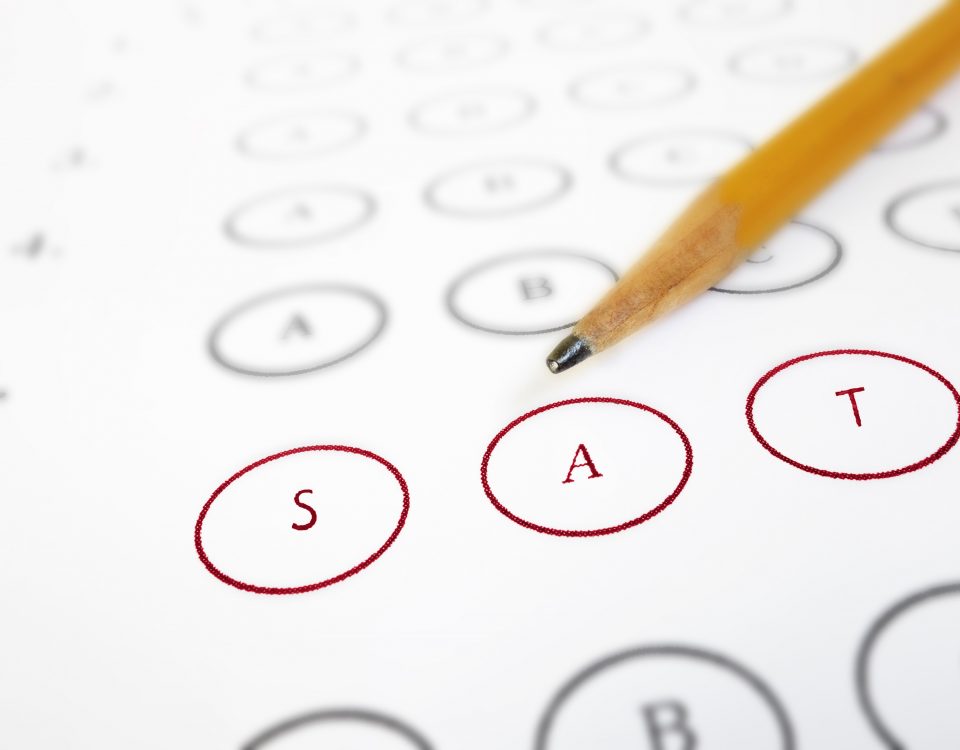Effective Study Habits for Different Learning Styles: Visual, Auditory, Kinesthetic

Juggling School & Extracurriculars: Tips for a Balanced Schedule
February 11, 2024
The Best Power Reading Strategies for Faster Comprehension on Exams
March 1, 2024Effective Study Habits for Different Learning Styles: Visual, Auditory, Kinesthetic
Studying effectively is not a one-size-fits-all endeavor. Each individual has a unique learning style that can significantly impact how they absorb and retain information. The three most commonly recognized learning styles are visual, auditory, and kinesthetic. Tailoring your study habits to your specific learning style can lead to more effective and enjoyable learning experiences. In this blog, we’ll explore strategies that cater to each of these learning styles.
1. Visual Learners: Seeing is Believing
Visual learners process information best when it is presented in a graphical or pictorial format. This style of learning emphasizes the use of images, diagrams, and color to organize information and communicate ideas. Visual learners, relying heavily on their sense of sight, process information most effectively through visual displays. Their ability to recall visual details is often remarkable, and they benefit from strategies that harness this strength. Here are some effective study techniques specifically suited for visual learners:
- Use Visual Aids: Enhance your study materials by incorporating charts, graphs, and diagrams. These visual aids play a crucial role in helping you visualize relationships between concepts and data. By breaking down complex information into understandable segments, these visuals serve as powerful tools for retention. For instance, a flowchart can simplify a complicated process, making it easier to follow and remember.
- Color Coding: Utilize different colors to highlight and organize notes. This can make it easier to differentiate and recall information. By assigning different colors to various themes or subjects, visual learners can create a visually organized and memorable set of notes. For example, use blue for important dates in history, red for key terms, and green for significant people.
- Mind Mapping: Create mind maps to visually represent ideas and their connections. This technique helps in understanding complex topics by breaking them down into smaller, interconnected parts. Start with a central idea and branch out into related subtopics, using images and colors to enhance memory retention.
- Watch Videos: Educational videos can be particularly beneficial as they often combine visual elements with explanations.
- Flashcards with Images: Use flashcards that include images or diagrams, which can be more memorable than text alone. The visual element serves as a powerful trigger for memory recall. For instance, a flashcard with a picture of a cell structure alongside its description can be more impactful than words alone.
2. Auditory Learners: Listen and Learn
Auditory learners excel when information is presented in an auditory language format. They are more responsive to the spoken word and often find success in traditional lecture-based learning environments. These learners depend heavily on hearing and speaking as their main way of learning. They are adept at picking up nuances of speech, such as tone and pitch, and often benefit from reading text aloud or listening to others speak. For those who resonate with this learning style, here are some auditory-centered study strategies:
- Participate in Discussions: Engaging in group studies or discussions can be very beneficial for auditory learners. Discussing the material with others can aid in understanding and retaining information, as it involves both speaking and listening.
- Record Lectures: Recording lectures allows auditory learners to listen to the material multiple times. This repetition can be crucial in understanding and remembering the lecture content. Also, it allows the chance to catch any missed information during the actual lecture.
- Read Aloud: Reading notes or textbooks aloud can help auditory learners process information. Hearing the information as well as seeing it engages multiple senses, contributing to enhanced memory retention.
- Use Mnemonic Devices: Rhymes, songs, and acronyms are excellent tools for auditory learners to memorize facts and lists. They turn information into an auditory pattern, making it easier to remember.
- Listen to Audiobooks and Podcasts: Audiobooks and educational podcasts present information in an auditory format. They are particularly useful for auditory learners, providing a way to learn through listening, which can be done alongside other activities like commuting or exercising.
3. Kinesthetic Learners: Learning by Doing
Kinesthetic learners prefer to be actively involved in the learning process, often through physical activity or hands-on experiences. They learn best when they can move, touch, and do. These learners often struggle with traditional classroom settings that require prolonged periods of sitting and listening. Instead, they excel when they can engage with the material in a tactile or experiential manner. Kinesthetic learning involves using the body and sense of touch as a tool to learn new information. Here are some strategies that can help kinesthetic learners study more effectively:
- Practical Experiments: Hands-on activities like experiments or simulations allow kinesthetic learners to experience the material firsthand. Engaging physically with the material makes it more memorable and can provide a deeper understanding of the concept.
- Study with Movement: Incorporating movement into study sessions can be beneficial. Walking while reviewing notes or standing while reading can help kinesthetic learners concentrate and retain information better.
- Use Physical Objects: Using physical objects or tools to illustrate concepts can be very effective. Building models or using objects to demonstrate principles can help kinesthetic learners understand and recall information.
- Role-Playing: Acting out events or scenarios helps kinesthetic learners engage with the material on a physical level. This active involvement enhances understanding and memory retention.
- Write and Draw: Physically writing out notes or drawing diagrams engages the learner’s sense of touch and motion, reinforcing learning. This tactile engagement can be more effective for kinesthetic learners than typing notes on a computer.
Refresh Your Approach to Test Prep
In addition to tailoring study habits to one’s learning style, effective test preparation is essential for academic success. Regardless of learning style, it’s crucial to incorporate strategies specifically aimed at preparing for exams. This may include practicing with past exam papers, creating and reviewing comprehensive study guides, using spaced repetition techniques to reinforce learning, and engaging in self-assessment through quizzes or mock exams.
Moreover, maintaining a balanced study schedule, getting enough rest, and managing stress levels are vital aspects of test preparation. By combining personalized study methods with targeted test preparation strategies, individuals can maximize their academic success and performance on exams.
Maximizing Academic Success: Tailoring Study Habits to Your Learning Style
Understanding your learning style is key to developing study habits that are both effective and enjoyable. By employing strategies that align with your natural preferences, you can enhance your learning experience and improve your academic performance. Remember, it’s also beneficial to explore methods outside your predominant learning style, as a mixed approach often yields the best results. Happy studying!


